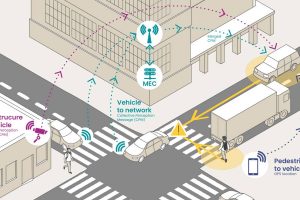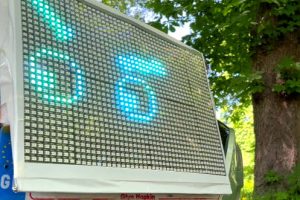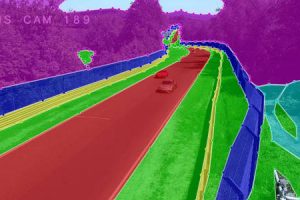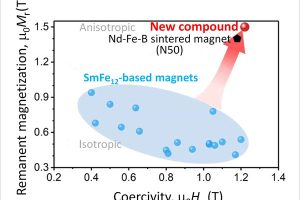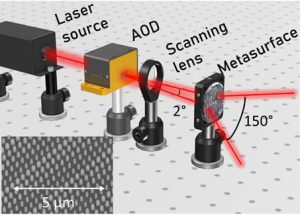 A team from the Université Côte d’Azur has addressed some of the challenges of automotive lidar, using an acousto-optic modulator, a metasurface deflector and, to improve range and signal to noise ratio, a technique borrowed from telecommunication.
A team from the Université Côte d’Azur has addressed some of the challenges of automotive lidar, using an acousto-optic modulator, a metasurface deflector and, to improve range and signal to noise ratio, a technique borrowed from telecommunication.
Vehicle lidar sends out pulses and measures time-of-flight for returned pulses to determine range. These pulses are sent one at a time, and scanned across a scene by deflecting the pulse source vertically and horizontally.
A forward-looking lidar needs to scan sufficiently far ahead, with sufficient angular resolution, over a sufficiently wide cone, to detect fast-moving objects and give the vehicle time to react.
This calls for a lot of pulses to generate enough data points, but pulse frequency is limited by the need to wait for one pulse to return before sending the next (to avoid distance ambiguity – out and back over 200m takes 1.3μs), and pulses cannot be sent until the scanner has re-pointed.
The French group’s prototype uses a red-orange (633nm) laser diode that can be amplitude modulated at 250MHz, and they spatially modulate the pulse stream using an acousto-optic deflector that can scan at up to 5MHz – the latter of which solves any re-pointing time issues.
 But while it is fast, the angular modulator’s output is rather narrow – only 2°, so this is boosted at the university by a metasurface (left) that amplifies the angle range to 150°.
But while it is fast, the angular modulator’s output is rather narrow – only 2°, so this is boosted at the university by a metasurface (left) that amplifies the angle range to 150°.
The optical receiver is sensitive and fast: a cluster of single-photon avalanche photodiodes (SPADs) that form a ‘multi-pixel photon counter’ whose output is digitised by a 6.4Gsample/s ADC.
Having achieved high bandwidth and high sensitivity, the system is still hampered by the physics of pulse flight to avoid distance ambiguity, which is where the telecoms technique comes in.
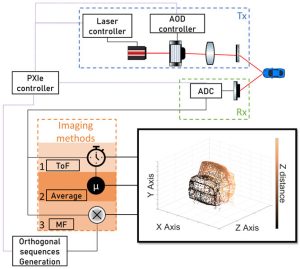
Taking advantage of the high laser modulation bandwidth, the outgoing optical pulses are CDMA (code division multiple access) encoded, with each pulse getting a different code.
This means that multiple pulses can be in flight at the same time, received though the same detector.
Whatever order they return in, even if they are superimposed, the pulses in the return signal can be digitally separated and separately timed according to the code they are labelled with.
“Experimental results demonstrated that the block CDMA technique extends the ambiguity range of the lidar by up to 35 times – to kilometer distances – compared with the traditional single pulse lidar,” according photonics society SPIE, which has published the work. “It also enhances the signal-to-noise ratio of the lidar images, enabling better performance in noisy environments or at longer distances.”
The prototype “nearly meets the requirements for automotive lidar. It is compact, and has the potential to be scaled down to chip dimensions”, said SPIE. It has “possibilities for autonomous vehicles and robotic industries”.
‘Overcoming the limitations of 3D sensors with wide field of view metasurface-enhanced scanning lidar‘ is published in SPIE’s Advanced Photonics journal. The full paper is available without payment, and includes a brief but useful survey of existing vehicle lidar techniques.
Images provided by SPIE
 Electronics Weekly Electronics Design & Components Tech News
Electronics Weekly Electronics Design & Components Tech News
